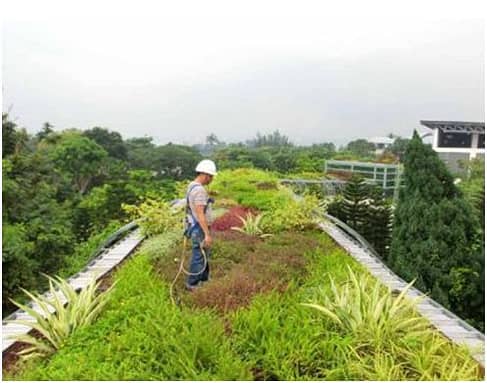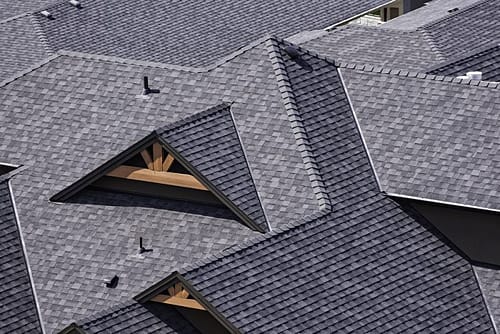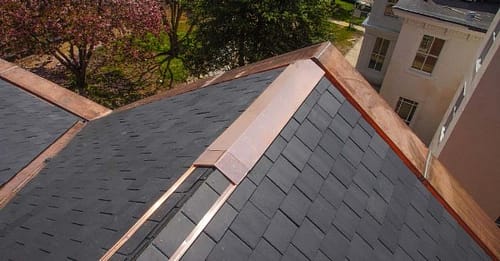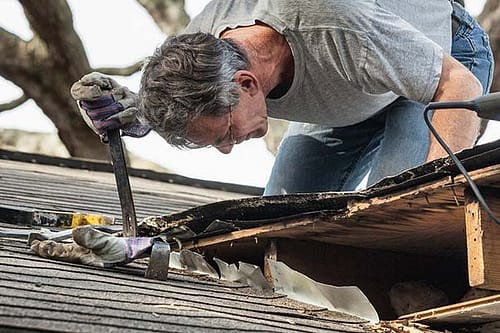Installing a roof or waterproofing a roof can be a complicated process, so it is better to leave professionals to do this task. You can easily find expert hands that solve the problem with guarantee and quality.
Before starting any work, there are many factors to consider and the homeowner will have many decisions to make.
As the owner of the property, it is best to have a general idea of the roofing process so you can know what to expect and when the time has come to install, repair or waterproof the roof.
The preparation:
Keep accurate measurements of the roof.
In general, contractors prepare an original project, or equivalent, of the dimensions of the roof. This document will help the contractor to dispose of the necessary materials for the roof before any work is carried out.
The planning of how and where the roofing materials will be acquired should be established in advance, and this can reduce material costs and avoid errors during installation.
The removal of the old roof:
Your contractor will remove all materials from the old roof, including roof tiles, mantle, and other parts. The removal of the roof must discover the base of wood, concrete or metal structure such as the structural reinforcements which exist under all old materials before installing the new roof.
The contractor may suggest to leave the old roof and add new materials at the top.
In general, this process is valid for a roof if the roof is not significantly damaged, but has a water leak or has only two layers of aged material.
If the roof has been damaged or leaks, do not allow the contractor to place the new roof materials on existing materials.
All roofing must be removed and placed again from scratch.
If your roof already has two layers of roofing materials, the roof must be replaced by new materials. Having more than two layers of old roofing materials can cause more damage from water retention, wood breakdown and causing the roof to contract or sink.
Installation of the new roof:
When it is time to waterproof a new roof, the contractor usually starts lifting most of the materials to the roof. This allows them to work faster without having to go up and down.
Many contractors usually locate the center of the roof and draw a chalk line to ensure that it remains level when the tiles are laid.
The first row of tiles starts along the roofline, the area closest to the bottom of the roof near the house. The tiles are staggered in rows toward the top, the ridge.
In some cases, the contractor can adapt to the tiles around the chimneys or chimney lines. The most important part of after installing a roof is placing a good seal between the tiles so they last longer.




